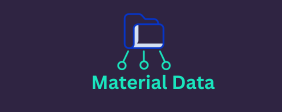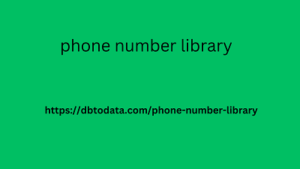Richard Thaler, winner of the 2017 Nobel Prize in Economics, is consider one of the leading exponents of behavioural economics. His nudge theory is bas on the idea that people can be subtly influenc to make decisions in a particular direction without restricting their freom of choice.
So how does this work in the context of consumer behavior? Nudge theory highlights that humans do not always make rational decisions and that our choices are influenc by a number of subconscious and emotional factors. Thaler argues that by understanding and leveraging these cognitive biases, marketers can design effective strategies to guide consumers’ purchasing decisions.
One of the main concepts of nudge
Theory is the “choice architect.” This term refers to those who design the contexts in which people make choices. According to Thaler, choice architects can influence consumer behavior by strategically presenting choices. For example, a retailer might place products in prominent locations or use visual cues to direct consumer attention to certain items.
Furthermore, nudge theory highlights the importance of “nudging” to promote desirable behaviors. This involves using small spain phone number library interventions or changes in the environment to prompt certain decisions. For example, placing images of smiling people using a product can generate an emotional connection and increase the likelihood that consumers will choose that item.
Another key concept is “default choices
Thaler argues that people tend to stick with the default option rather than actively make changes to their choices. Marketers can take advantage of this by setting default options that benefit consumers while being consistent with most of my female friends and colleagues are company goals. A common example is “online check-in” for airlines, where the default option is automatically select, making the process easier and faster for travelers.
More examples
Some more practical examples of how nudge theory can be appli in the context of consumer behavior:
Featur Options : A supermarket can strategically
Use featur shelving or displays to highlight products it wants to promote. Placing them in prominent locations, such as at the ends of aisles or in the checkout area, will grab customers’ attention and increase the chances cg leads that they will choose those products.
Informative labels: By providing labels or signs that highlight the benefits of a product or service, consumer perception and choice can be influenc. For example, a label that highlights the healthy qualities of a product can encourage its purchase by appealing to the customer’s concern for their well-being.
Persuasive messaging: Using persuasive and emotional messages in marketing materials can create a deeper connection with consumers. For example, an insurance company can use emotional stories about protecting family or securing the future to influence customers’ purchasing decisions.

